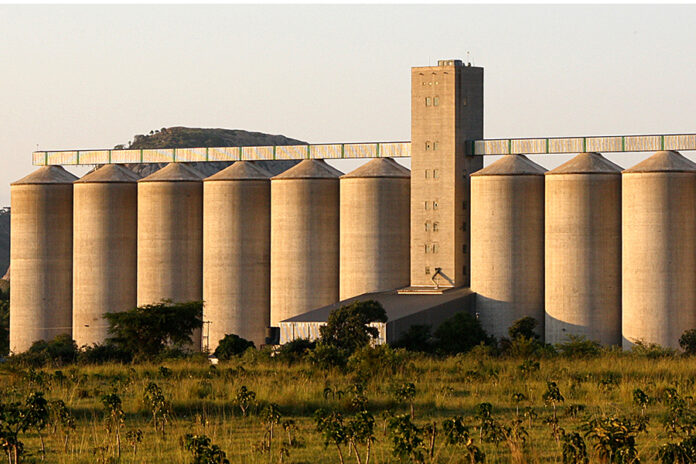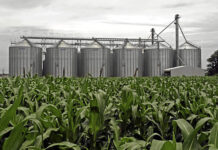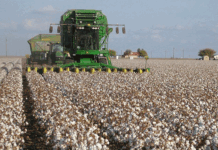Zimbabwe harvested 1.8 million tonnes of maize this year, a sharp recovery from last year’s drought-hit crop, but well below the 2.3 million tonnes that the government had forecast.
National data agency Zimstat says in its 2024/2025 Post-Harvest Survey Report that maize production for the 2024/25 season reached 1,819,818 tonnes. This is nearly triple the 635,000 tonnes harvested last year, when the worst drought in decades devastated crops. Still, the figure is far short of the Ministry of Agriculture’s projection of 2,293,556 tonnes.
The shortfall casts fresh doubts over the reliability of official data. Earlier this year, authorities announced a ban on maize imports, banking on a “bumper harvest” that would meet the country’s annual demand of 1.8 million tonnes. However, signs that the government’s forecasts were off target showed in maize shortages suffered by millers such as National Foods, the country’s biggest food manufacturer, and Blue Ribbon, which had to suspend some of its operations.
Other forecasts had been more cautious. The US Department of Agriculture (USDA) estimated output at 1.3 million tonnes, while the UN Food and Agriculture Organisation (FAO) projected a shortfall of 10–15% below national consumption needs. Brewer Delta Corporation, which contracts close to 12,000 farmers, also reported that actual deliveries would fall well short of government expectations.
Despite plans for an import ban, trade data shows continued inflows; 34,093 tonnes of maize were imported from South Africa in the week to October 3.
Millers and stockfeed manufacturers have applied for permits to import 266,000 tonnes of maize, according to the Agricultural Marketing Authority.
“The rate at which maize from small-scale farmers is entering the market versus the demand from commercial users has been slow; hence, the government has decided to remove the ban and allow these commercial users to import maize into the country,” says the authority’s Jonathan Mukuruba.
Government has, however, introduced new rules to push local grain purchases. Only approved contractors may now import grain or oilseeds, and if imports are cheaper than local produce, the price difference will be paid into the Agricultural Revolving Fund. From April 2026, processors will be required to source at least 40% of their grain locally, rising to 100% by April 2028.
Insights:
Zimstat and the Ministry of Agriclture conducted the harvest survey between August and September, reaching 58,000 households. “The Communal Areas sector produced 794,105 MT of maize during the 2024/25 agriculture season, contributing about 44% to national maize production,” Zimstat says. Mashonaland West is the biggest maize producer, accounting for 21.6% of all maize output.

Of the 1,819,819 MT of maize produced during the 2024/2025 agriculture season, 58.4% is being kept in storage, 26% is being sold, and 15.4% was for consumption, Zimstat says.

Source: NewZwire










